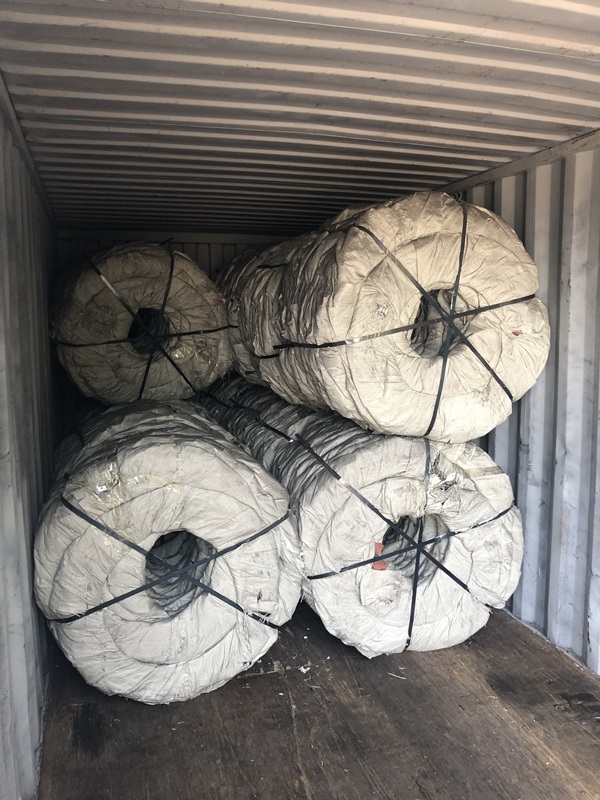Nov . 12, 2024 18:20 Back to list
deer fence
The Importance of Deer Fences in Agricultural and Ecological Management
In rural areas, one of the most persistent challenges faced by farmers and landowners is the intrusion of deer into agricultural fields. These graceful creatures, while beautiful and integral to the ecosystem, can cause significant damage to crops, gardens, and landscapes. To combat this issue, many turn to deer fences—an effective solution that not only protects agricultural investments but also supports biodiversity management.
Understanding the Problem
Deer populations have been increasing in many parts of the world due to urbanization and changes in land use, resulting in decreased natural predation and more access to food sources. This rise in deer numbers has led to alarming levels of crop damage. For farmers, the consequences of deer feeding can mean substantial financial loss, leading to increased pressure to find protective measures. Traditional methods such as repellents or hunting may provide some relief, but the most reliable strategy remains the installation of deer fences.
Features of Effective Deer Fences
A well-designed deer fence must be imposing enough to deter these animals
. Typically, a deer fence stands at least 8 feet high, as deer are capable jumpers, able to leap over obstacles of remarkable height. The fence should be constructed with sturdy materials, such as galvanized steel or high-tensile wire, to withstand environmental stressors and prevent deer from pushing through. Furthermore, to minimize digging underneath, some designs include a buried bottom or an outwardly flared base.Apart from the basic design, the aesthetic appeal of the fencing can vary considerably. Various materials can be used, including wood, vinyl, or chain link, allowing landowners to choose styles that match their property or maintain visual appeal while providing essential protection.
Ecological Advantages
deer fence

While deer fences primarily serve the purpose of protecting agricultural lands, they also contribute positively to broader ecological management. By limiting deer access to certain regions, these fences can help preserve local plant species, allowing ecosystems to maintain their biodiversity. In areas where deer browsing pressure is high, native plants often struggle to compete, leading to reduced plant diversity. With effective fencing, farmers can cultivate not just their crops but also foster a healthier environment.
Moreover, properly managed deer populations—helped by the strategic use of fencing—can help maintain balanced ecosystems. Overpopulation of deer can result in overgrazing, which can cause erosion and habitat loss for other wildlife. By setting boundaries, landowners can encourage more sustainable deer populations and associated wildlife habitats.
Economic Considerations
The initial investment in deer fencing might appear daunting to some farmers. However, the long-term benefits often outweigh these costs. By protecting crops, deer fences can lead to increased yields and, subsequently, higher profits—ensuring that farmers can sustain their livelihoods. Additionally, deer fencing can enhance property value, making it a worthwhile investment for both agricultural and residential properties.
In cases where deer fencing isn’t an option, alternative strategies such as companion planting or the use of noise deterrents may offer varying degrees of success. Nonetheless, many farmers find that deer fences provide the most immediate and effective solution to safeguarding their crops.
Conclusion
The challenges posed by increasing deer populations necessitate effective management strategies. Deer fences provide an essential tool for protecting agricultural endeavors while supporting ecological balance. By choosing proper design and materials, farmers not only safeguard their crops but contribute to the broader health of their local environments. As landowners navigate the complexities of wildlife management, deer fences stand as a testament to the intersection of agriculture and conservation, ensuring that both can thrive harmoniously in the shared landscape. Their importance cannot be overstated—proper fencing is vital for sustainable farming and the protection of our cherished ecosystems.
-
Hop Dipped Galvanized/PVC Coated Temporary Fence - Anping County Xingzhi Metal Wiremesh Products Co., Ltd.|Temporary Fencing Solutions, Durable Security Products
NewsJul.30,2025
-
Hop Dipped Galvanized/PVC Coated Temporary Fence-Anping Xingzhi|Durability&Cost-Effective
NewsJul.30,2025
-
Hop-Dipped Galvanized PVC Fence - Anping Xingzhi | Durable, Quick Deployment
NewsJul.30,2025
-
Hop Dipped Galvanized/PVC Coated Temporary Fence - Anping County Xingzhi|Temporary Fencing, Durable Security, Customization
NewsJul.30,2025
-
Hop Dipped Galvanized PVC Coated Temporary Fences - Anping County Xingzhi|Durable Corrosion Resistance, Quick Installation
NewsJul.30,2025
-
Hop Dipped Galvanized / PVC Coated Temporary Fence - Anping County Xingzhi Metal Wiremesh Products Co., Ltd|Durable Temporary Fencing&Versatile Applications
NewsJul.30,2025



